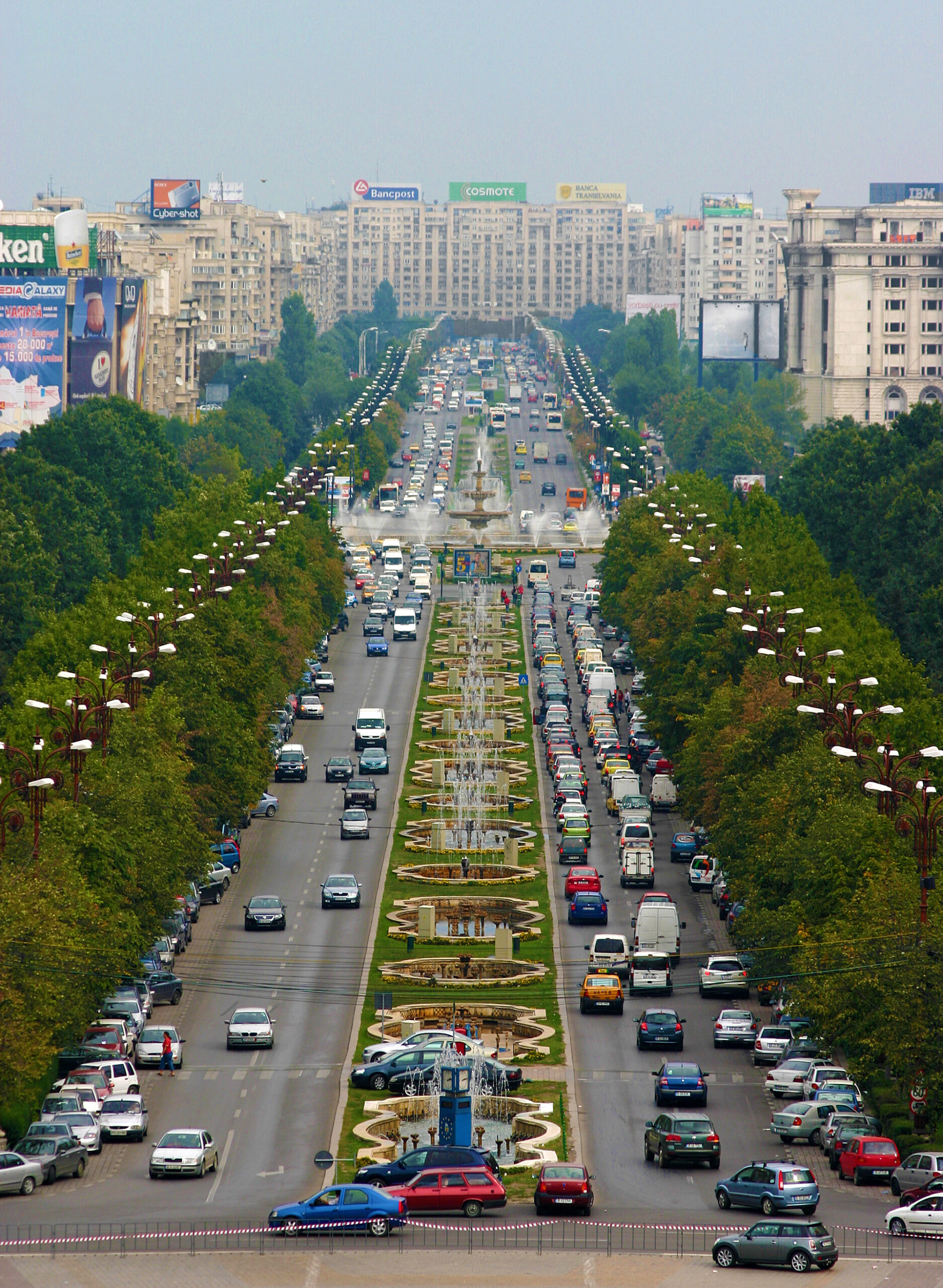Romania and Bulgaria join the Schengen area of Europe officially effective as of today, Sunday, March 31, 2024, as they are officially welcomed by the European Commission — which means that 29 countries now comprise the Schengen area of Europe…
Romania and Bulgaria Join Schengen Area of Europe Today — But…

…but although controls at the borders of Romania and Bulgaria for both air and sea have now been lifted — meaning that anyone who crosses a border of Romania or Bulgaria from another country which is part of the Schengen area no longer is subject to internal border controls — discussions pertaining to further decisions to lift controls at land borders will continue later this year.
Their accession is expected to boost travel, trade, and tourism; and will further consolidate the internal market.
The addition of Romania and Bulgaria marks the ninth expansion of the Schengen area, which now extends greater than 4.5 million square kilometers with a population of 450 million. Initially launched as an intergovernmental project between France, Germany, Belgium, Netherlands, and Luxembourg in 1985, the Schengen area has gradually increased to become what is currently the largest common area of free movement in the world without internal border controls.
Final Boarding Call

Traveling between countries within the Schengen area of Europe is similar to traveling between states in the United States. No passports are necessary; and no border crossings inhibit movement.
Adding Bulgaria and Romania to the Schengen area now allows for greater freedom of travel between those two countries and the other 27 countries that are currently members of the Schengen area.
The bad news is that travelers will find collecting stamps in their passports for Romania and Bulgaria to become significantly more difficult — unless they enter those countries from outside of the Schengen area of Europe.
You can read about my day in Sofia — which is the capital city of Bulgaria — as well as peruse my photographs in the following two articles:
All photographs ©2007 by Brian Cohen.
